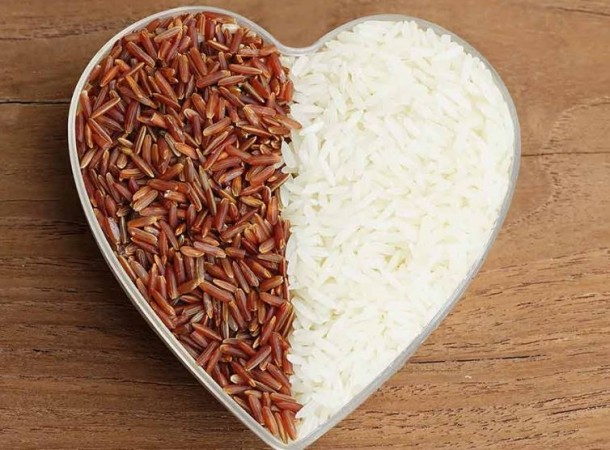
Indian cuisine has transcended borders, captivating the taste buds of people worldwide. From the humble idli-dosa to the flavorful dal fry, Indian restaurants abroad offer an array of delectable dishes. Rice, an indispensable part of Indian meals, holds a special place on plates across the globe. However, the dilemma arises when it comes to choosing between white rice and brown rice. In this comprehensive guide, we delve into the nutritional aspects of both varieties, helping you make informed dietary choices.
The Cultural Significance of Rice in Indian Cuisine:
Rice has been a staple in Indian cuisine for centuries, deeply embedded in cultural traditions and culinary practices. It serves as the foundation of various regional delicacies, ranging from biryanis to khichdis. In South India, rice is often accompanied by flavorful curries and lentil-based dishes, such as sambar and rasam. The cultural significance of rice extends beyond its nutritional value, symbolizing sustenance, hospitality, and communal bonding.
White Rice: Unraveling the Nutritional Profile:
White rice, derived from milling and polishing brown rice, undergoes extensive processing, resulting in a refined end product. While white rice is a rich source of carbohydrates, it lacks essential nutrients found in its unprocessed counterpart. The refining process strips away the bran and germ layers, diminishing the rice's nutritional content. As a result, white rice primarily provides empty calories, contributing to spikes in blood sugar levels and offering minimal dietary benefits.
Brown Rice: The Nutrient-Rich Alternative:
Brown rice, hailed as a whole grain, retains its bran and germ layers during processing, preserving its nutritional integrity. Unlike white rice, brown rice boasts a plethora of essential nutrients, including B-vitamins, minerals, and dietary fiber. The bran layer of brown rice contains antioxidants and phytonutrients, offering protective benefits against chronic diseases. Its higher fiber content promotes satiety, aids in digestion, and regulates blood sugar levels, making it an ideal choice for individuals seeking to improve their overall health.
Comparative Analysis: White Rice vs. Brown Rice
Nutritional Composition:
White Rice:
- High in carbohydrates, low in fiber
- Minimal vitamins and minerals due to processing
Brown Rice:
- Rich in fiber, vitamins, and minerals
- Contains antioxidants and phytonutrients
Glycemic Index:
White Rice:
- High glycemic index, leading to rapid spikes in blood sugar levels
Brown Rice:
- Lower glycemic index, promoting gradual and sustained release of glucose
Impact on Health:
White Rice:
- Associated with increased risk of obesity, type 2 diabetes, and heart disease
Brown Rice:
- Linked to improved weight management, diabetes control, and heart health
The Role of Rice in Dietary Preferences:
While rice forms an integral part of traditional Indian diets, evolving dietary preferences have led to a shift towards healthier alternatives. With growing awareness about the adverse effects of refined grains, many individuals are opting for whole grains like brown rice to enhance their nutritional intake. Incorporating brown rice into meals offers a wholesome and nutrient-dense option, aligning with modern dietary recommendations for optimal health and well-being.
Making Informed Dietary Choices:
When it comes to choosing between white rice and brown rice, prioritizing nutritional value is paramount. While white rice may be a convenient and familiar option, its refined nature compromises its nutritional integrity. On the other hand, brown rice emerges as a superior choice, offering a spectrum of health-promoting nutrients and protective compounds. By incorporating brown rice into your diet, you can reap the benefits of whole grains while supporting overall health and vitality.
In conclusion, the debate between white rice and brown rice transcends mere culinary preferences, encompassing broader implications for health and well-being. While white rice remains a staple in many diets, its refined nature and limited nutritional value raise concerns about its long-term impact on health. In contrast, brown rice stands out as a nutrient-rich alternative, providing essential vitamins, minerals, and dietary fiber. By understanding the nutritional differences between white and brown rice, individuals can make informed dietary choices that prioritize health and vitality in the long run.
Know These Key Factors to Consider Before Taking Vitamin D Supplements
Pain Relief During Menstruation: Understanding the Pros and Cons of Painkillers
Does Alcohol Usage Impact Fetal Development? Alerts for Pregnant Women